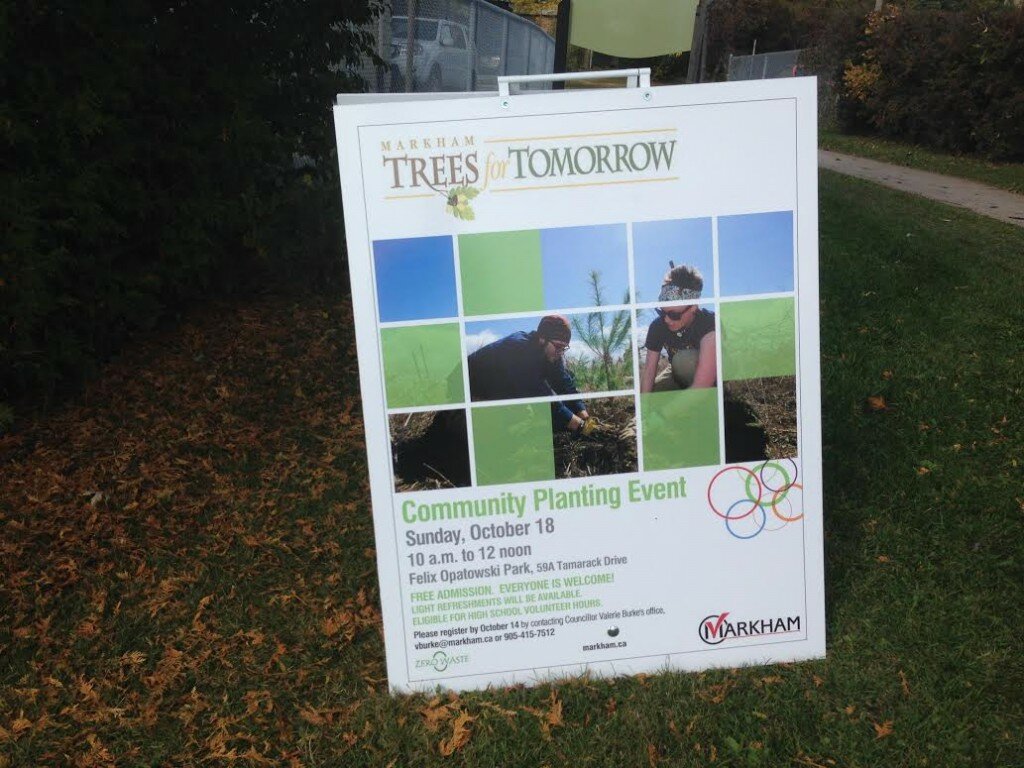Eco-Program
Developing Innovations is committed to making a positive difference in our world and its people. We have put together an extensive Eco-Program that will help improve the environment. Developing Innovations Eco-Program involves:
- Education
Educating the general public about the hazards of not being conscience of our surrounding environment and what we can do as individuals to help improve our environment. Communicating the message will involve making pubic speeches, presentations and using social media.
- Hands-On Outreach
Tree planting will be one of the activities involved in this Hands-On Outreach Program, along with collecting old electronics and household batteries for recycling.
FrogWatch Ontario
(Citizen Science at Work)
“FrogWatch Ontario is a Citizen Science community based conservation program that helps identify Ontario toads and frogs habitat and population. We are focusing on three locations in the lower part of the Rough River, where it empties out into Lake Ontario. Two of the locations are located next to a marshy area and one is located in a wooded area. We had great training at the Zoo and have 3 park officials in the field helping us collect and record the data needed. Frog and toad populations can be a good indicator of how the environment is doing in the areas we are collecting the data.”
Aidan Aird
Trees For Tomorrow
“I am happy to say, we were once again out helping out planting some trees and bushes, this time at Felix Opatowski Park. It was a brisk fall day, so there wasn’t a lot of volunteers, but we with a number of other dedicated volunteers managed to compete all the planting and watering. This quaint little park will look awesome after the trees and bushes have a chance to mature.”
Aidan Aird
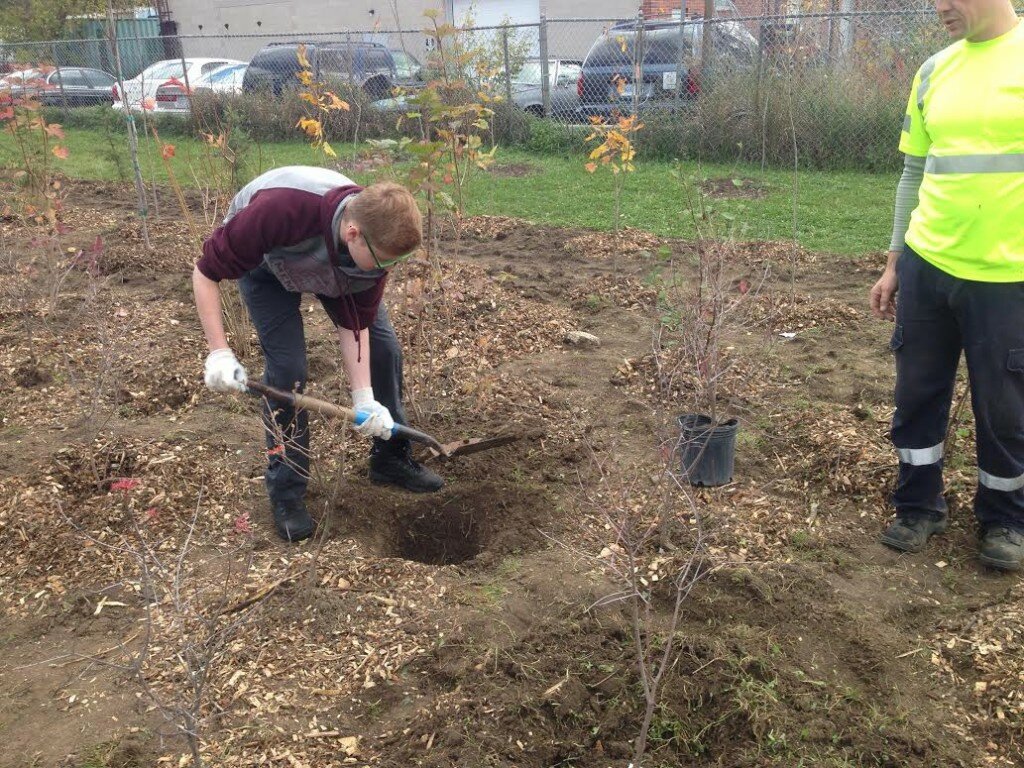
10,000 Trees For The Rouge
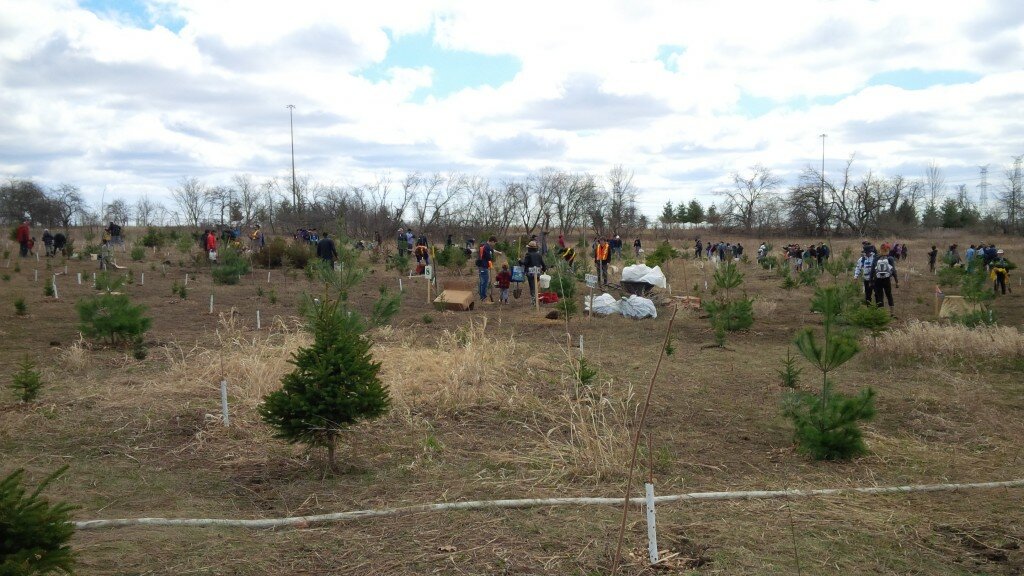
Developing Innovations’ dedicated team of volunteers will be helping plant trees in the Rough Valley on Sunday, April 26th, 2015. Over the past 25 years, 10,000 Trees For The Rouge has reclaimed over 176 acres of fragile watershed lands and planted over 176,000 trees. We are all looking forward to helping plant as many trees as possible on this day.
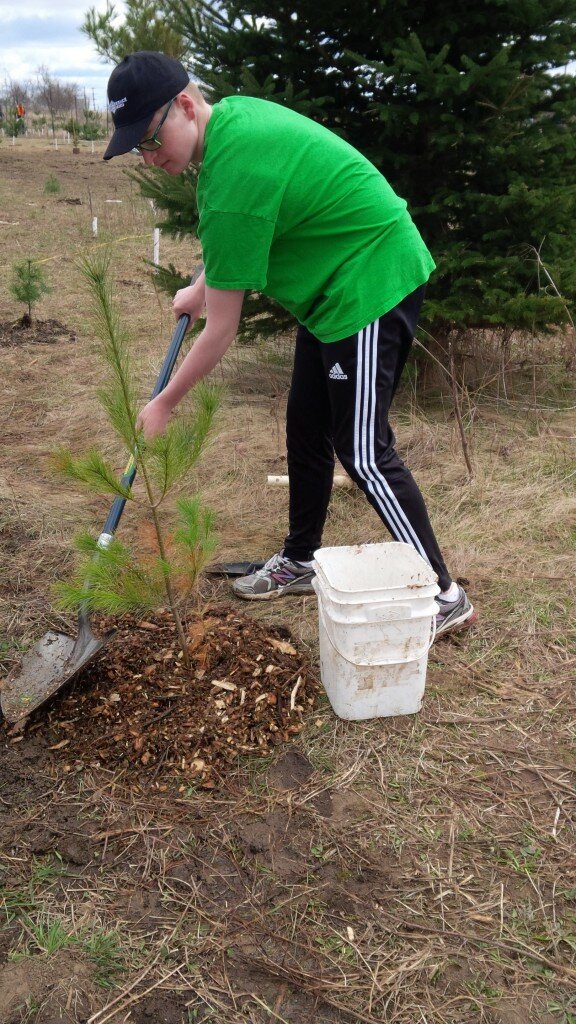
“Many people are aware of the importance of trees in reducing the amount of CO2 in the air and producing oxygen, but there are many other reasons trees and forests are essential to the well being of both humans and the ecosystem. Trees help prevent soil erosion, provide a canopy and habitat for wildlife, reduce water pollution and help remove unwanted toxic pollutants from the air, just to name a few. Our team is looking forward to making a positive impact on the environment by helping 10,000 Trees For The Rouge on April 26th.”
Aidan Aird
Save The Monarch Butterfly Campaign
” Our dedicated team of volunteers is determined to help increase the population of monarch butterflies in our community and beyond, through a educational program we have developed. We will not only educate people about the monarch and the need to rebuild its habitat through the planting of common milkweed, we will also provide them with the necessary seeds to accomplish this goal.”
Aidan Aird
Electronics & Battery Recycling Campaigns

Developing Innovations is committed to making a positive difference in our world and its people. We have put together an extensive Eco-Program that will help improve the environment. Part of Developing Innovations Eco-Program is promoting recycling and educating the general public about not only the importance of recycling, but also encouraging them to reduce the number of items they are using that need to be recycled. Since every community recycles differently; we encourage you to know and follow your own community’s policies and procedure regarding recycling.
Another part of our Recycling Eco-Program is going out into our local community twice a year and collecting unwanted electronics and used household batteries. Our main focus is on the collection of unwanted electronics, but we do collect used household batteries. We tend not to collect many batteries in our area due to the great job EcoWatch Canada does with their school battery collection program and also because the City of Markham has a number of drop-off locations throughout the city at local libraries and community centres. EcoWatch Canada has over 1500 schools involved in its battery collection program and has collected thousands of pounds of batteries since starting its program in 2009. Even though the City of Markham has a fairly aggressive recycling program, the electronic and battery recycling program requires local residence to drop their unwanted items at their depot. Because of this inconvenience, a substantial number of people tend to collect many items in their homes and garages. The unfortunate part is that a great number of these items still have some life left in them. If they are given to the right people soon after they have been deemed unneeded by their owners it can be a great benefit. Many of these electronics tend to deteriorate and become less useful when left in damp basements and especially in unheated garages.
What makes Developing Innovations Recycling Eco-Program a little different than most electronic and battery recycling programs is after we collect the electronics and batteries, the items are first sorted out into two main groups. Items that still have some use and items that don’t and need to be taken to the local recycling depot. Many of these items that still have some use, are great for teaching hands-on workshops on the inner workings of electronic devices and some can be used for parts to help make repairs on another similar device. There are a few businesses that even specialize in selling unwanted electronic devices and tend to cater to the college students that are taking electronics and need inexpensive working parts for an experiment or a project. The unbelievable thing is that there are a number of unwanted electronic devices that are being discarded while still in great condition, some that have not even been out of the box and still have a long life ahead of them for a family or an individual that can’t afford that particular item. After sorting is completed, we make sure items that are in great condition get to the people who will appreciate them and can make good use of them.
Developing Innovations conducts its own professionally supervised technology workshops, with some specifically geared to exploring used electronic devices that have been collected and deemed educationally useful. We also run a number of other technology workshops and camps throughout the year; with some being offered in coordination with other excellently run technology groups. The workshops and camps are part of Developing Innovations #STEM Workshops and Camps Program and tend to be scheduled on weekends and school holidays as most of the volunteers helping the instructors, are students. There is nothing like getting hands-on technology experience for students that are interested in having a career in electronics.
Eco-Bulletin
Killer on the Loose – The Emerald Ash Borer Beetle.
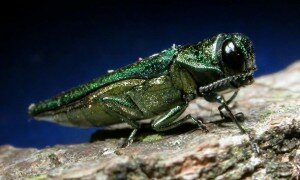
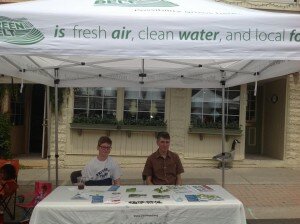
On July 27, 2014, I had the opportunity to sit down with Johnathan a volunteer with LEAF, a not-for-profit organization dedicated to the protection and improvement of the urban forest and engages citizens in urban forest stewardship through planting, education and training. Our discussion centred around the devastation the emerald ash borer beetle is having on the local ash tree population. The emerald ash borer beetle is an invasive species that is native to parts of Eastern Asia and was first discovered in Windsor, Ontario in 2002. Since its discovery this invasive species has spread into a great number of areas throughout Ontario and Quebec, along with invading 15 states in the USA. The emerald ash borer beetle is a metallic green coloured wood boring beetle that attacks all native species of ash trees, except for the mountain ash, which is not considered a true ash tree. The beetle’s larvae bore tunnels under the bark of ash trees in order to feed on the inner back tissue. These tunnels cut the flow of nutrients and water to the leaves of the tree, causing the tree to die within a 2 to 3 year period. The first infestation in York Region was detected in 2008 and it is estimated that the regions 2,800,000 mature ash trees may become infested within the next 10 to 15 years if this killing machine cannot be stopped. I have to commend Markham, York Region and not-for-profit groups like LEAF for the support, funding and work they have put into trying to solve this problem, but it is vitally important that we the citizens and partners in our future of York Region do our part by acting now to inform our friends and neighbours about this threat to our ash tree population.
Aidan Aird
Interested in learning more about other amazing S.T.E.M. students and the latest S.T.E.M. news:
Like us at http://www.facebook.com/developinginnovations.org
Follow us at https://twitter.com/Aidan_Aird

